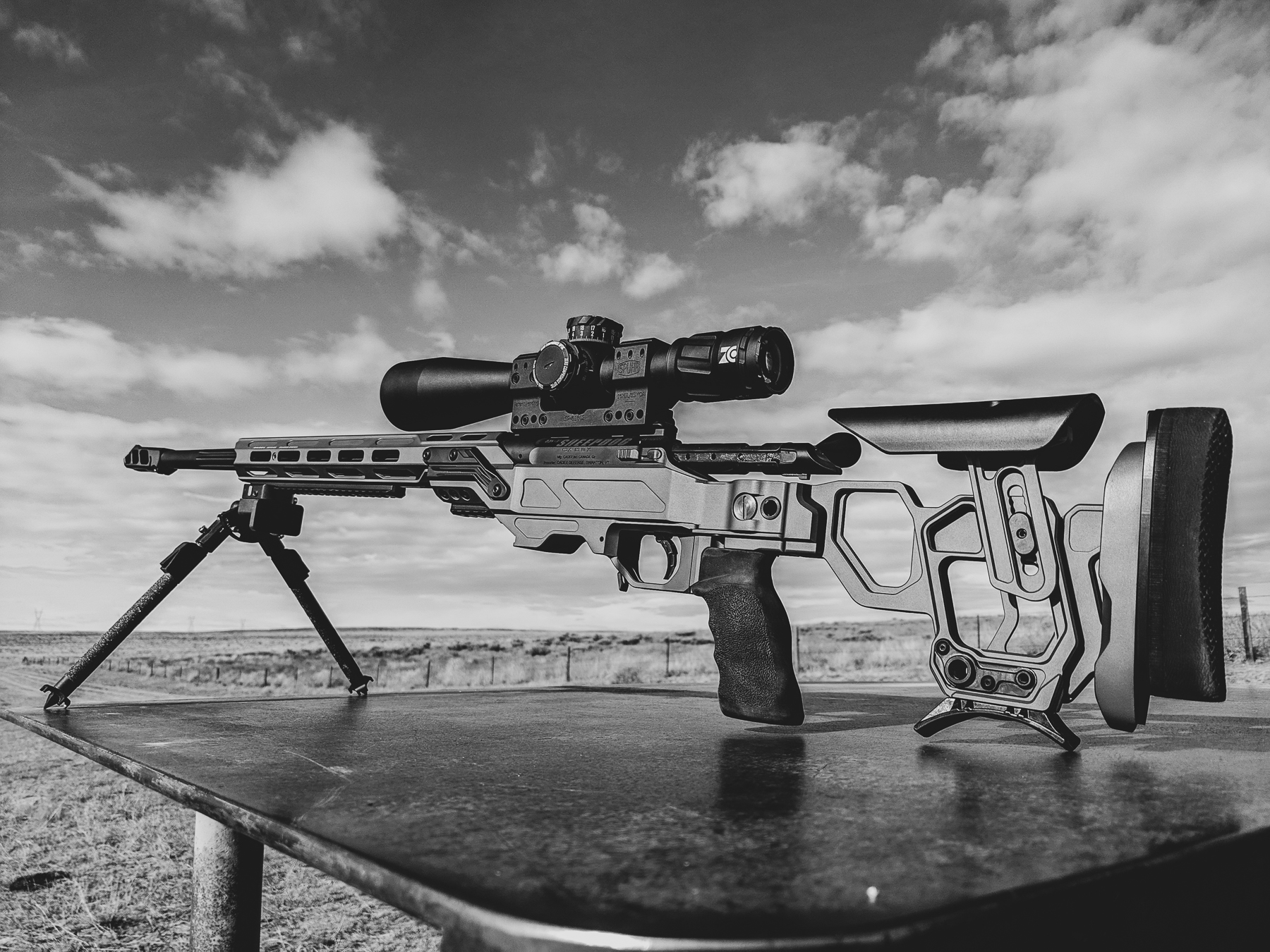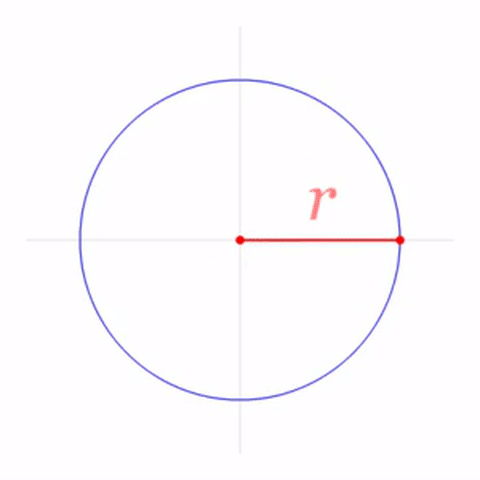Hello forum,
I recently picked up a 3-12x44 rifle scope with a parallax side turret, ocular lens adjustment, PLT’s with an MOA reticle. It looks like this (camera quality crushes the actual image quality from the scope. It’s extremely optically brilliant).

Even though you can’t clearly see the reticle there’s 5 full MOA dashes that are set below the centers of the crosshairs for bullet drop compensation, 2 full dashes on either side left or right, and 2 full dashes above the crosshairs.
The scope is extremely accurate and the MOA dashes on the reticle work perfectly. Shot at 200 yards, 162 gr ELD-X bullets @ 2940 dropped about 1.5 MOA in the conditions I was in. (For a 1.5 MOA drop if you don’t want to adjust the elevation you just move your POA down3 half dashes, and drop was good for me)
Now, I’ve heard that Mil Dot scopes are good range finders that can be used to measure the distance of a target, and also accommodate for bullet drop. I have no experience in using milliradians as a measurement, and am only really familiar with minutes of an angle.
What are some people’s opinions on MOA vs Mil Dot?
I recently picked up a 3-12x44 rifle scope with a parallax side turret, ocular lens adjustment, PLT’s with an MOA reticle. It looks like this (camera quality crushes the actual image quality from the scope. It’s extremely optically brilliant).
Even though you can’t clearly see the reticle there’s 5 full MOA dashes that are set below the centers of the crosshairs for bullet drop compensation, 2 full dashes on either side left or right, and 2 full dashes above the crosshairs.
The scope is extremely accurate and the MOA dashes on the reticle work perfectly. Shot at 200 yards, 162 gr ELD-X bullets @ 2940 dropped about 1.5 MOA in the conditions I was in. (For a 1.5 MOA drop if you don’t want to adjust the elevation you just move your POA down3 half dashes, and drop was good for me)
Now, I’ve heard that Mil Dot scopes are good range finders that can be used to measure the distance of a target, and also accommodate for bullet drop. I have no experience in using milliradians as a measurement, and am only really familiar with minutes of an angle.
What are some people’s opinions on MOA vs Mil Dot?




